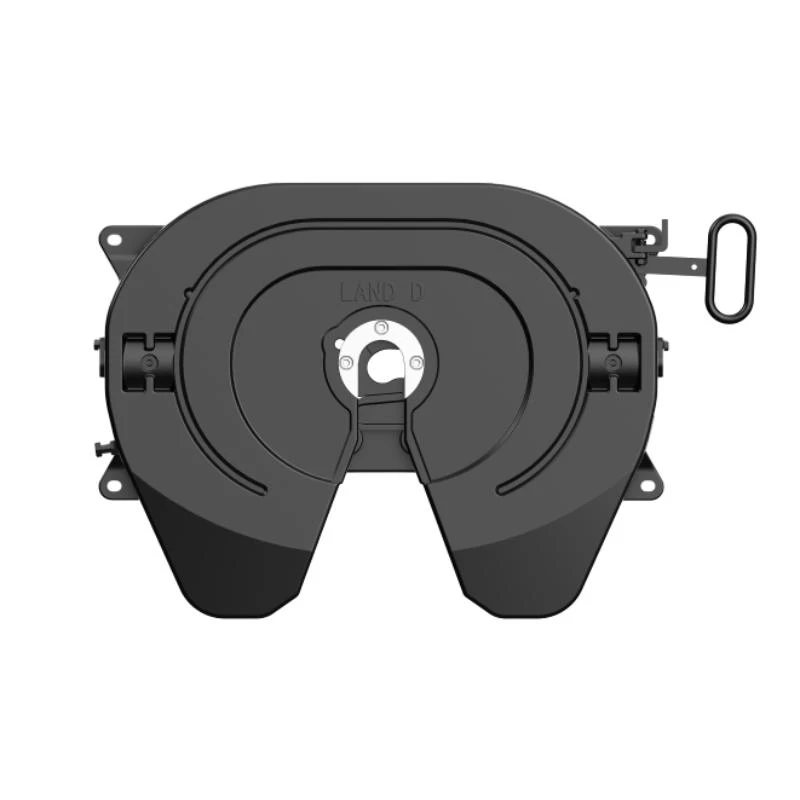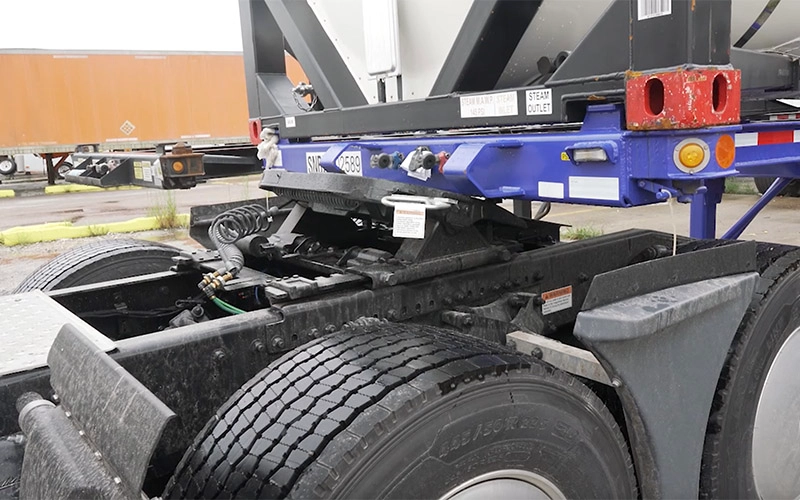Feb . 17, 2025 18:22 Back to list
fifth wheel installation instructions
Installing a fifth-wheel hitch in your truck can seem daunting, but with the right guidance, it can be a smooth and rewarding process. As an individual with extensive experience and expertise in fifth-wheel installations, I’m here to provide you with an authoritative and trustworthy guide to ensure your setup is secure and efficient.
Once the holes are drilled, temporarily position the mounting rails over them and fasten lightly. You will likely need to maneuver underneath the truck to secure the under-bed brackets. Most installation kits include fish wire to help you guide bolts through the frame. Tighten the bolts lightly until every component is in place, then proceed to tighten them completely using a torque wrench. Follow the manufacturer's specifications for torque settings to avoid stripping bolts or causing structural weakness. After securing the rails, install the fifth-wheel hitch onto the mounting rails. Check that all locking mechanisms are functioning correctly. This step is critical as it affects the hitch’s ability to lock securely to the bed rails, ensuring a safe connection to your trailer. Once installed, perform a thorough safety check. Ensure every bolt is in place and tightened to the specified torque. It’s also wise to go over every joint and locking mechanism several times to confirm they are secure. Test your installation by hitching an appropriately weighted trailer to confirm that everything operates smoothly. There should be no excessive movement between the hitch, truck bed, and trailer kingpin. A test drive to check for unexpectedly rough handling or noises can provide reassurance that the installation was successful. In conclusion, installing a fifth-wheel hitch is a task that demands attention to detail and adherence to safety standards. As you become more accustomed to using a fifth-wheel hitch, you'll appreciate the stability and ease of towing it offers. Ensure you keep the hitch well-maintained; regular inspections for signs of wear or damage are a good practice. A well-installed and maintained hitch can drastically enhance your towing experience, making long hauls more manageable and less stressful. This guide is crafted with the aim of offering you an authoritative and trustworthy approach to installing a fifth-wheel hitch. By following these expert recommendations, you'll equip yourself with the confidence and knowledge to tackle this installation efficiently and safely. Happy towing!


Once the holes are drilled, temporarily position the mounting rails over them and fasten lightly. You will likely need to maneuver underneath the truck to secure the under-bed brackets. Most installation kits include fish wire to help you guide bolts through the frame. Tighten the bolts lightly until every component is in place, then proceed to tighten them completely using a torque wrench. Follow the manufacturer's specifications for torque settings to avoid stripping bolts or causing structural weakness. After securing the rails, install the fifth-wheel hitch onto the mounting rails. Check that all locking mechanisms are functioning correctly. This step is critical as it affects the hitch’s ability to lock securely to the bed rails, ensuring a safe connection to your trailer. Once installed, perform a thorough safety check. Ensure every bolt is in place and tightened to the specified torque. It’s also wise to go over every joint and locking mechanism several times to confirm they are secure. Test your installation by hitching an appropriately weighted trailer to confirm that everything operates smoothly. There should be no excessive movement between the hitch, truck bed, and trailer kingpin. A test drive to check for unexpectedly rough handling or noises can provide reassurance that the installation was successful. In conclusion, installing a fifth-wheel hitch is a task that demands attention to detail and adherence to safety standards. As you become more accustomed to using a fifth-wheel hitch, you'll appreciate the stability and ease of towing it offers. Ensure you keep the hitch well-maintained; regular inspections for signs of wear or damage are a good practice. A well-installed and maintained hitch can drastically enhance your towing experience, making long hauls more manageable and less stressful. This guide is crafted with the aim of offering you an authoritative and trustworthy approach to installing a fifth-wheel hitch. By following these expert recommendations, you'll equip yourself with the confidence and knowledge to tackle this installation efficiently and safely. Happy towing!
Previous:
Latest news
-
High-Quality International Truck Parts in Pharr, TX Best Deals
NewsMay.07,2025
-
Four Wheel Parts in Memphis, TN Best Deals & Expert Service
NewsMay.07,2025
-
Best Fifth Wheel Places Top Discounts & Premium RV Stays
NewsMay.07,2025
-
Holland Fifth Wheel Pedestals Premium Quality & Discount Offers
NewsMay.07,2025
-
Premium Tractor Trailer 5th Wheel Diagrams - Durable & Best-Performance
NewsMay.07,2025
-
High-Quality Fontaine Trailers in Jasper, AL Durable & Discounts
NewsMay.07,2025
